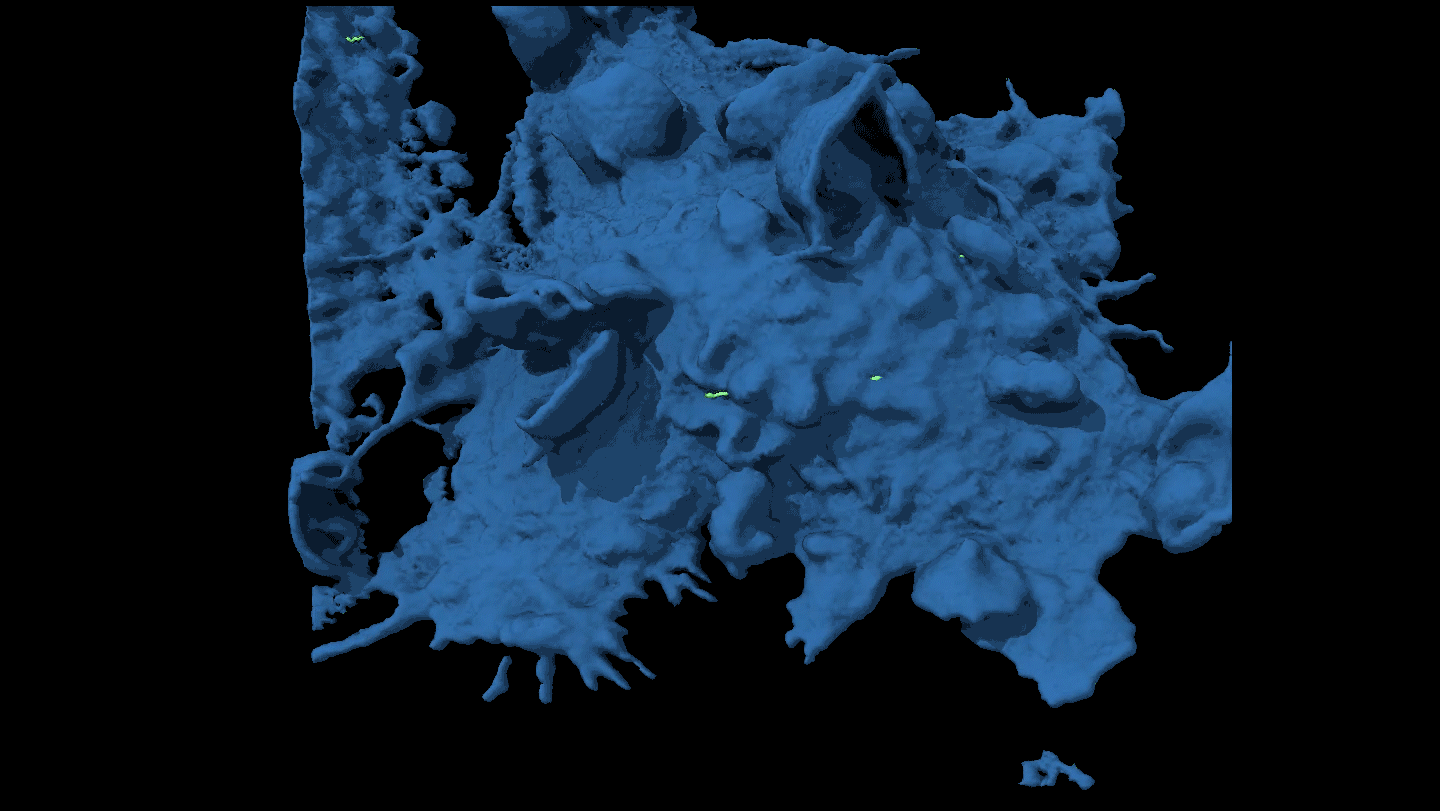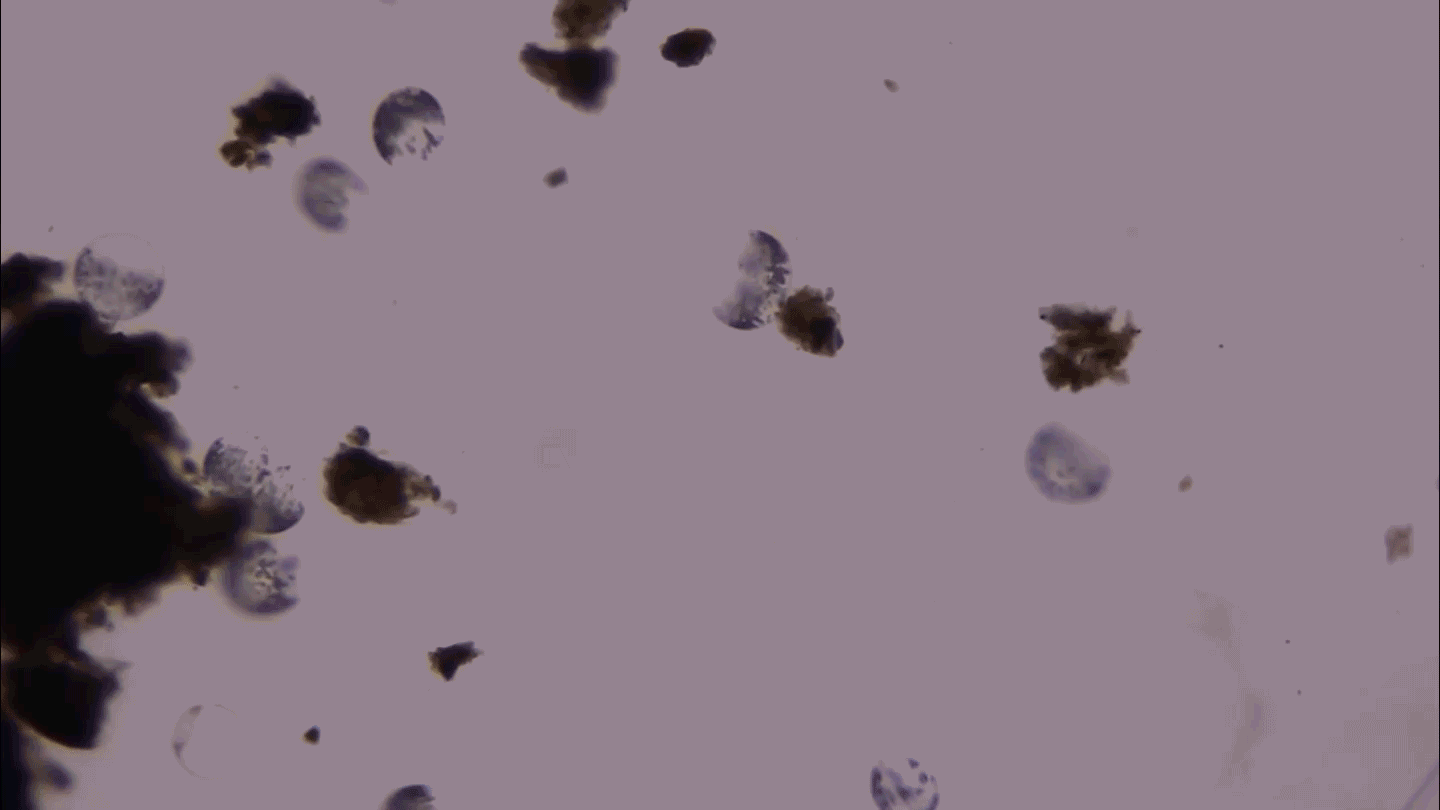With the discovery of notably different dining habits among neighboring groups of chimpanzees, researchers may have some of their best examples yet of cultural traditions among animals.

One chimp group in the Taï National Forest in western Africa uses mostly rocks to hammer open the Coula nuts that are a seasonal staple of their diet, reports primatologist Lydia Luncz of the Max Planck Institute for Evolutionary Anthropology in Leipzig, Germany. Chimps living just to the east start the Coula season hammering with rocks but shift to easier-to-find chunks of wood as nuts lying on the ground soften and become easier to crack.
So does a third group of chimps living just several kilometers to the northwest. Living as the chimps do in such close quarters, neither genetics nor ecology likely influences the traditions of the chimps, Luncz and her colleagues argue in the May 22 Current Biology. These nutcracking quirks offer a tidy case study of an animal version of cultural differences.
Favoring rock nutcrackers isn’t culture in the sense of human music or literature or family customs. Yet biologists scrutinize behavioral differences in nonhuman species to elucidate the evolutionary roots of humankind’s capacity to learn and pass along traditions.
For chimp cross-cultural studies, researchers usually compare doings in populations that couldn’t share genes or even catch glimpses of each other’s practices, notes William C. McGrew of the University of Cambridge in England. What’s newsworthy about the work by Luncz and her colleagues, McGrew says, is that they “systematically and quantitatively compare three groups from the same local population.”
The proximity of different traditions also raises the “rather unexpected” possibility that chimps moving into a group switch their old ways to the local nutcracking style, says Carel van Schaik of the University of Zurich’s Anthropological Institute and Museum. Female chimps immigrate into their adult community, and if they switch styles, van Schaik says, “we are dealing with individuals that modified something they already knew how to do.”
Luncz and her colleagues watched the three groups of chimps as the animals ambled through their territories, spending hours at a time banging hard-shelled Coula edulis nuts up to 30 times before getting the rich nutmeat inside. (To the human palate, the nuts taste a bit like macadamias, Luncz says.) An expert chimp can make the cracking look as simple as banging rocks together, but “the first time I tried,” Luncz says, “I smashed my nut entirely.”
Over the course of the nut-feasting season, the researchers documented 45 chimps at work. Rocks are more difficult to find in the forest, the researchers concluded after sampling the various chimp territories. Yet early in the season, when the nuts are harder to crack, most of the chimps took the time to find a good rock.
As the nuts softened later in the season, chimps in the northern and eastern groups shifted toward easier-to-find wood for nutcracking. Wood itself sometimes cracked, requiring that a chimp look around for a new hammer. Determining whether sticking with rocks or shifting to wood makes a difference in efficiency is going to take more research, Luncz says.
More work on the development of these traditions would be good too, says animal behaviorist Bennett Galef of McMaster University in Hamilton, Canada. Trying to determine whether some unrecognized differences between habitats have hidden influences over traditions can start an endless chase to eliminate all possible confounders, he warns. Instead, he’d like to know how quirks spread and how, if at all, the spread resembles the way human culture spreads.






